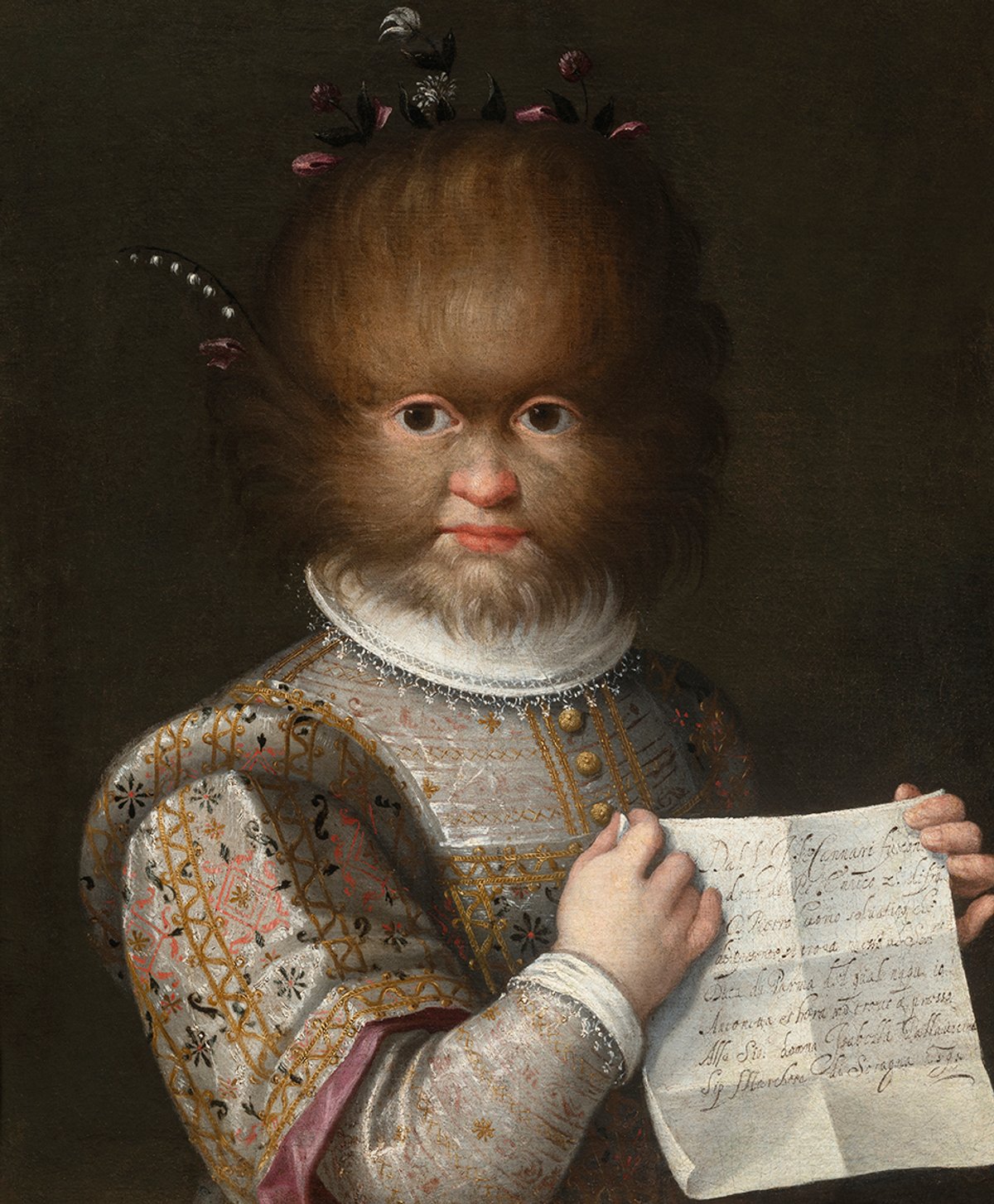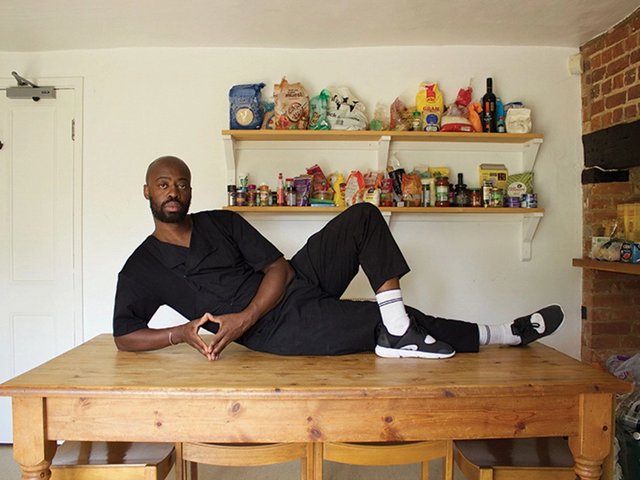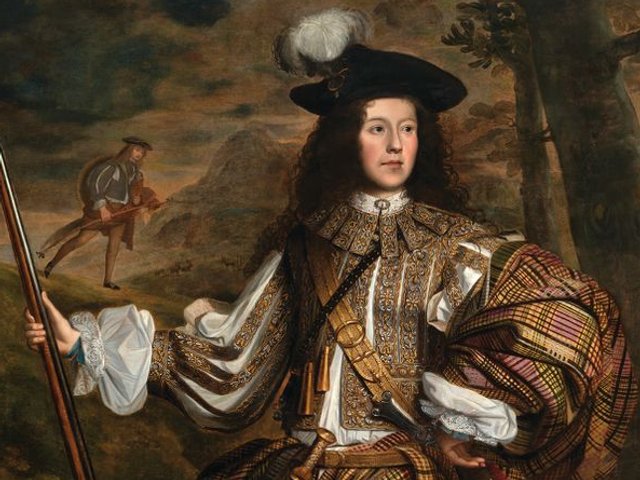Portrait of Antonietta Gonzales (around 1595) by Lavinia Fontana
National Museum of Western Art, Tokyo
One of Europe’s first professional women artists, the Bolognese painter Lavinia Fontana was known for her empathetic portraits of women and children. She sensitively depicted Antonietta Gonzales, a ten-year-old girl with hypertrichosis, a rare genetic condition that causes excessive hair growth. Antonietta’s father Petrus had been a figure of fascination from childhood in the courts of Henry II of France and the Duke of Parma, and his children were bestowed on European nobles as curiosities. In the portrait Antonietta holds a letter identifying her as the ward of Isabella Pallavicini, Marchesa di Soragna. The work, which surfaced from a French collection in 2023, is believed to be the prototype for a copy in the collection of the Château Royal de Blois. It was acquired by Japan’s National Museum of Western Art from Rob Smeets Old Master Paintings.
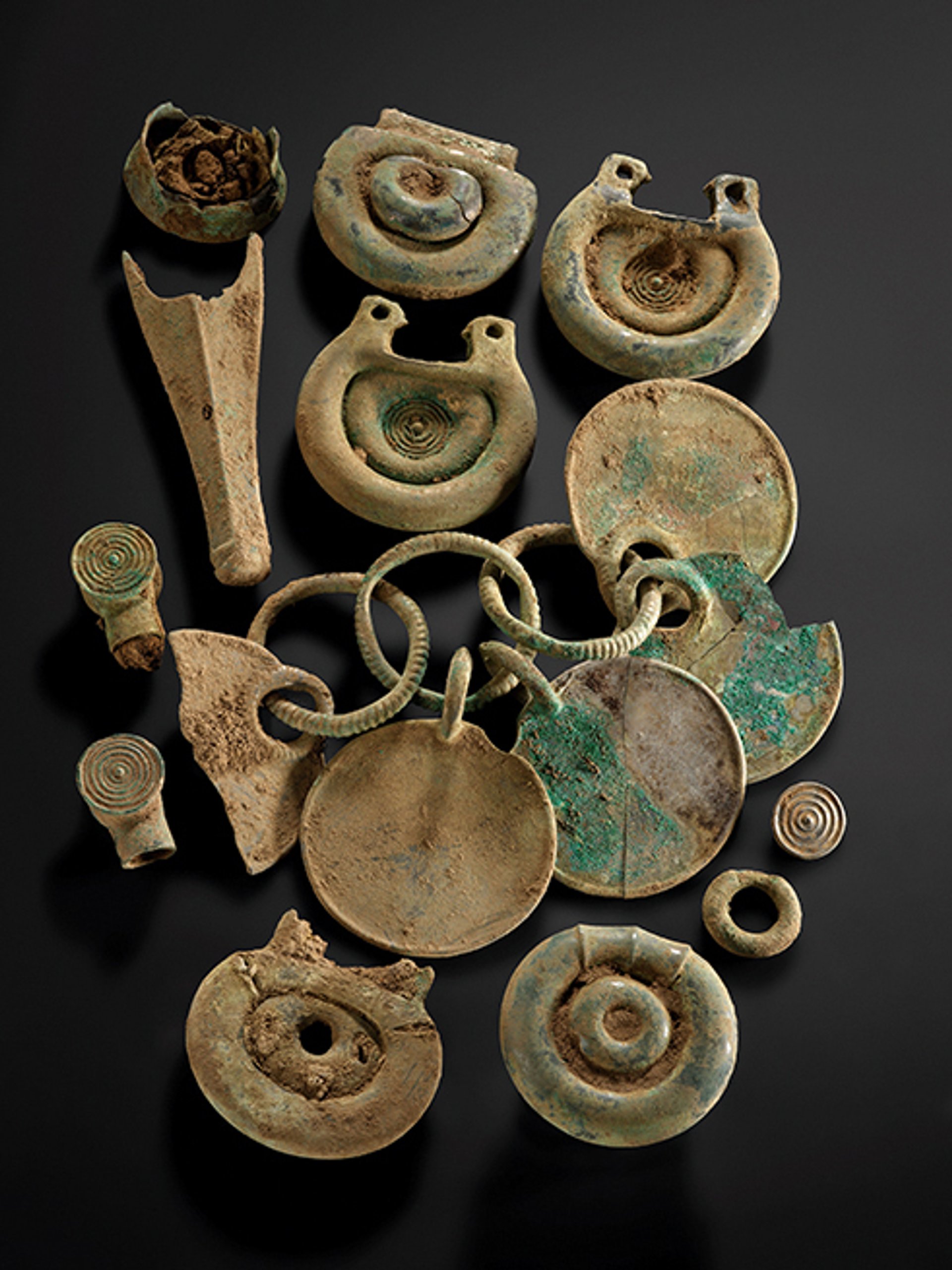
Bronze Age Peebles Hoard
© National Museums Scotland
Bronze Age Peebles Hoard
National Museums Scotland, Edinburgh
In 2020 a metal detectorist stumbled across a buried collection of Bronze Age artefacts near Peebles in the Scottish Borders. The Peebles Hoard was excavated and analysed by experts from National Museums Scotland (NMS) and the Treasure Trove Unit, revealing more than 500 bronze and organic pieces dating to around 1000BC-800BC. Among the artefacts that have been identified so far are two rattle pendants that would have hung from a horse or wooden vehicle—the first known examples in Scotland, consistent with ancient objects in Denmark, Germany and Poland—and a sword still in its wooden scabbard. NMS, which has now acquired the hoard, will fundraise for further research and conservation.
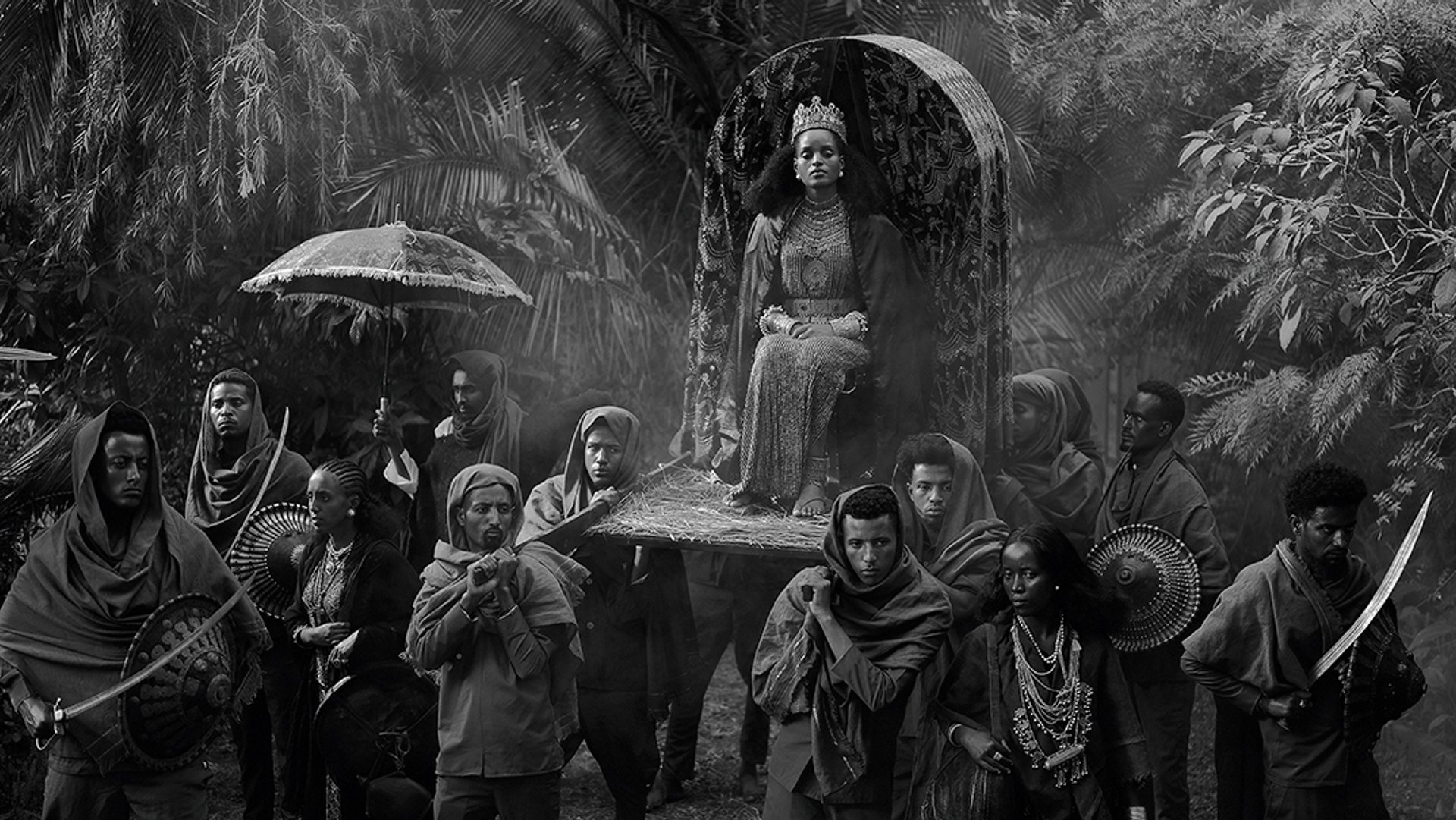
Abyssinian Queen (2024) by Yatreda
Courtesy of the artists
Abyssinian Queen (2024) by Yatreda
Toledo Museum of Art, Ohio
The Toledo Museum of Art used the cryptocurrency USD Coin to acquire an NFT from the family artist collective Yatreda , the museum’s 2024 digital artist in residence. Uniting members from Ethiopia, Kenya and Canada, Yatreda makes digital work that evokes a longing for the past. Abyssinian Queen is part of a series of four NFTs that was displayed in the museum’s Ethiopia at the Crossroads exhibition. Drawing on Ethiopian folklore, it imagines the journey of a queen from the Abyssinian Empire carried by her people in slow-motion monochrome. Yatreda’s creative director, Kiya Tadele, has likened the group’s blockchain-based art to “carving our legends into digital stone”.


